DATA SOURCE(S): 1,8,10
Common Name(s): Louro preto, laurel negro
Scientific Name: Cordia spp. (primarily C. gerascanthus and C. glabrata)
Distribution: Tropical Americas, southward to Brazil
Tree Size: 50-65 ft (15-20 m) tall,
2-3 ft (.6-1 m) trunk diameter
Average Dried Weight: 54.8 lbs/ft3 (880 kg/m3)
Specific Gravity (Basic, 12% MC): 0.74, .88
Janka Hardness: 2,200 lbf (9,790 N)
Modulus of Rupture: 17,100 lbf/in2 (117.9 MPa)
Elastic Modulus: 1,580,000 lbf/in2 (10.9 GPa)
Crushing Strength: 9,000 lbf/in2 (62.1 MPa)
Shrinkage: Radial: 4.0%, Tangential: 7.4%,
Volumetric: 11.6%, T/R Ratio: 1.9
Color/Appearance: Heartwood medium brown with a reddish cast (or sometimes olive-colored cast). Darker brown streaks common. Sharply demarcated from the pale sapwood. Color darkens with age.
Grain/Texture: Grain can be straight or irregular. Fine to medium texture and good natural luster.
Rot Resistance: Rated as very durable.
Workability: Some species may contain silica that will dull cutters. On the whole, louro preto is easily worked and machined with good results. Although it has a fairly high amount of natural oils present, gluing is usually problem-free. (See the article on gluing oily tropical hardwoods for more information.) Turns and finishes well.
Odor: Can have a pleasant, spicy scent.
Allergies/Toxicity: Although severe reactions are quite uncommon, louro preto has been reported to cause skin irritation. Addiontally, the wood has been show to contain the same sensitizing compounds (cordiachromes) as those contained in bocote, which can cause cross reactions once an allergic sensitivity to certain woods has been developed. Woods that can cause initial sensitivity include: pau ferro, Macassar ebony, cocobolo, and most rosewoods. See the articles Wood Allergies and Toxicity and Wood Dust Safety for more information.
Pricing/Availability: Prices are likely to be high for an imported hardwood.
Sustainability: This wood species is not listed in the CITES Appendices, and the primary species of this group, Cordia gerascanthus, is reported by the IUCN as being a species of least concern. However, a less-common species that’s sometimes traded in this group, C. megalantha, is listed on the IUCN Red List of Threatened Species. It is listed as vulnerable due to a fragmented and small/declining (< 2000 km2) area of occupancy.
Common Uses: Furniture, cabinetry, veneer, and turned objects.
Comments: A very close relative of bocote (C. elaeagnoides) in both anatomy and appearance, louro preto doesn’t always have the stunning grain patterns that are commonplace in bocote.
Images: Drag the slider up/down to toggle between raw and finished wood.
The first sample shows a little bit of sapwood, while the second sample is almost perfectly quartersawn and shows the modest ray fleck seen in many Cordia species.
Identification: See the article on Hardwood Anatomy for definitions of endgrain features.
Porosity: diffuse porous
Arrangement: solitary and radial multiples
Vessels: medium to large, few; tyloses and brownish heartwood deposits common
Parenchyma: vasicentric, can also be lozenge, confluent, and banded (maringal) depending on species
Rays: medium to wide width; normal to wide spacing
Lookalikes/Substitutes: Can look very similar to bocote (C. elaeagnoides)—depending on how the groupings are divided within the Cordia genus, some species may even be considered as bocote. In a practical sense, for North American woodworkers, the trade name bocote is generally reserved for wood that has a dark, streaked, and figured grain appearance. Identifying Cordia samples in these groupings down to a species level is usually not possible.
Notes: None.
Related Content:

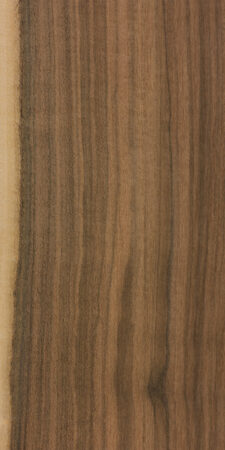
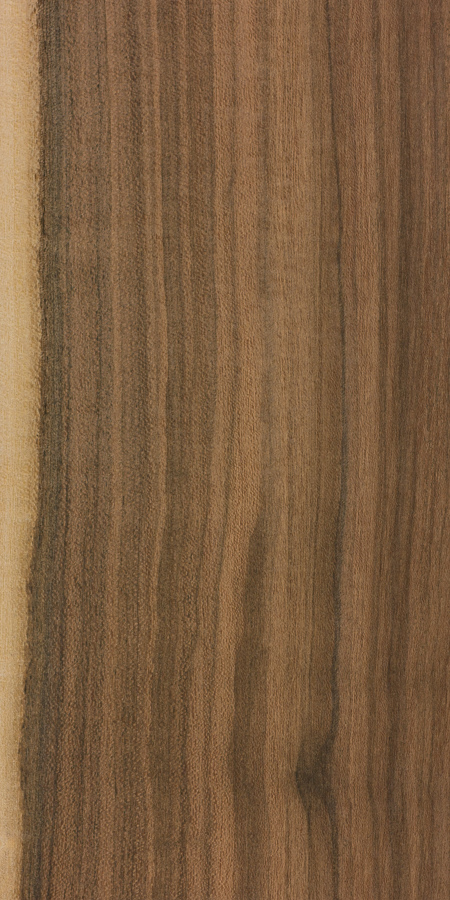
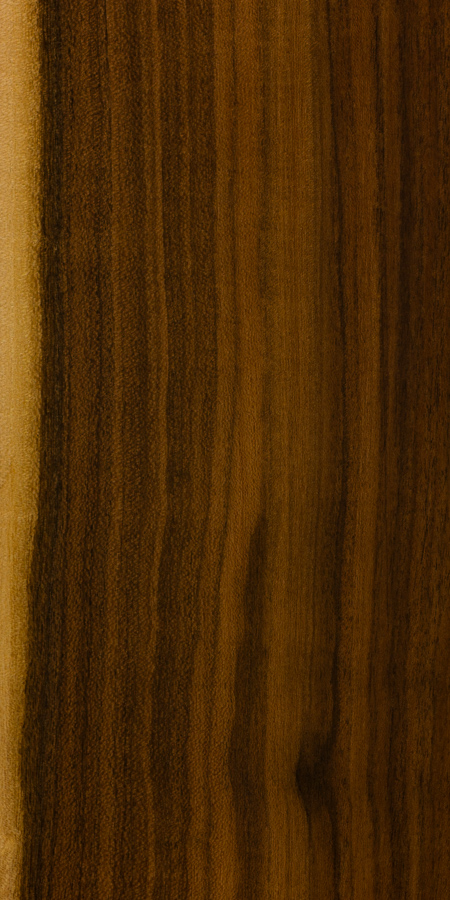
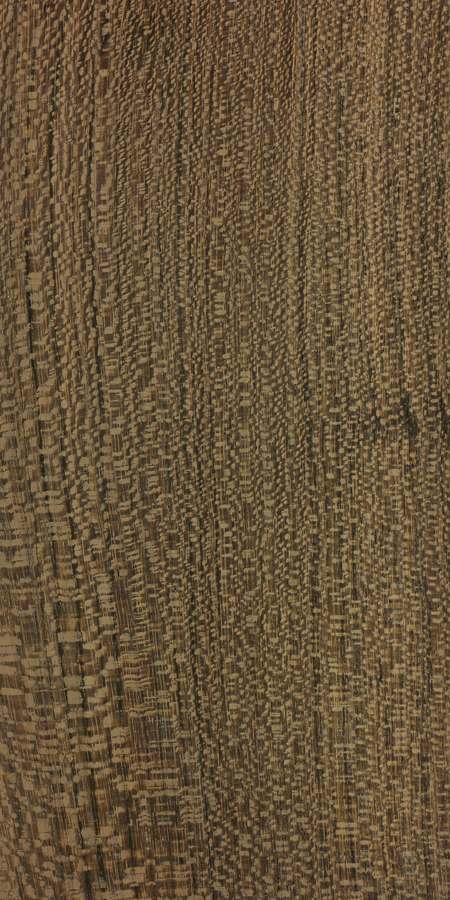
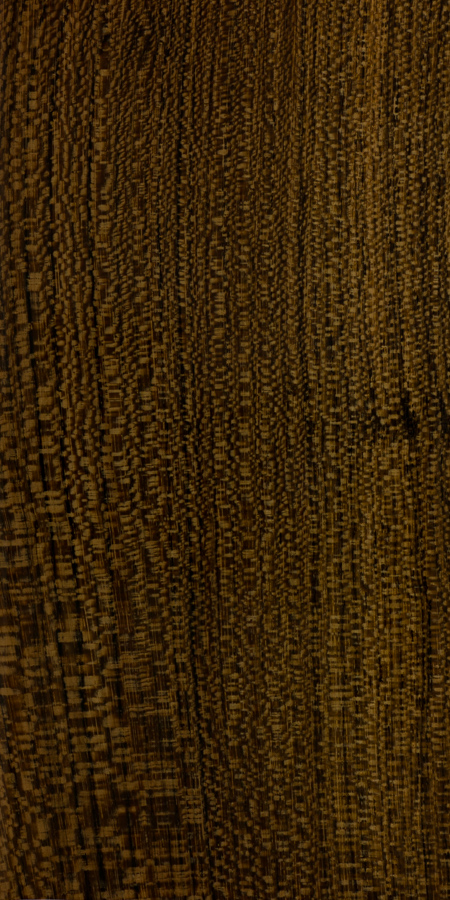
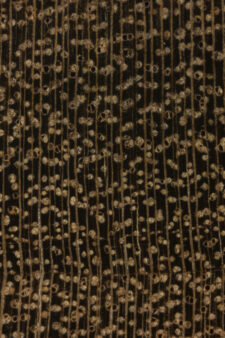

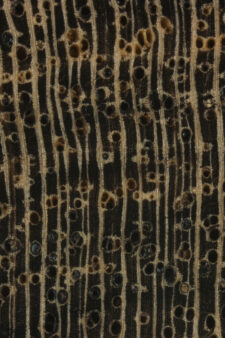

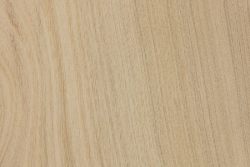
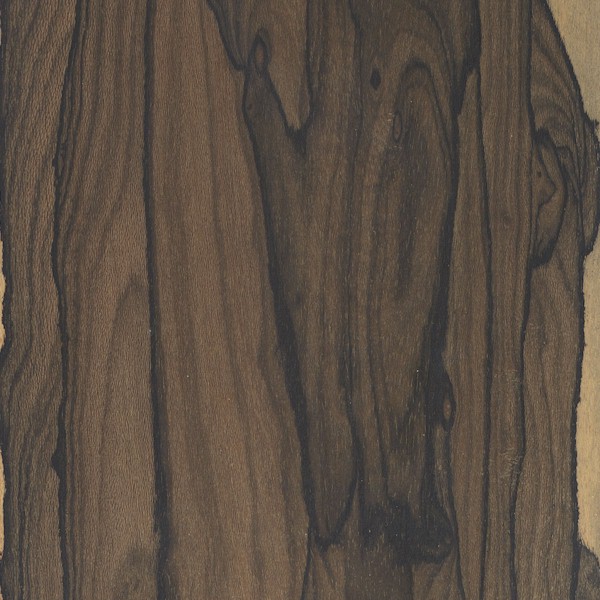
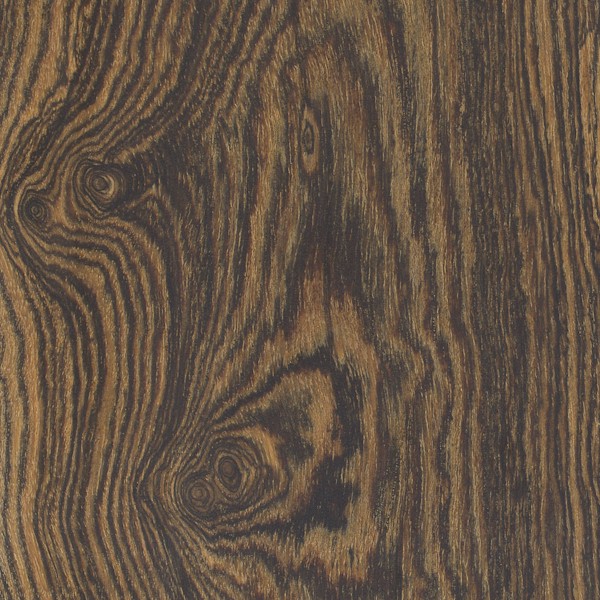
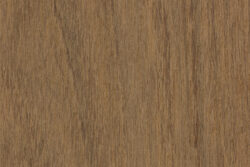
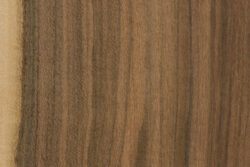
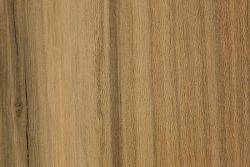
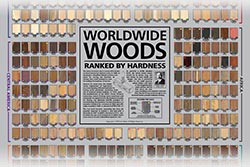

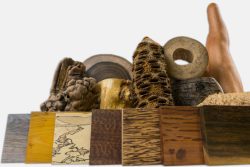



Would ?Cordia gerascanthus ?fall under this article? It is the only ?Cordia ?species known as Laurel Negro in Costa Rica. Looks exactly the same as the pictures too…
A few sources I found lists the density of Cordia gerascanthus at just about the same as C. megalantha, so it’d be my guess that the two would be pretty similar.